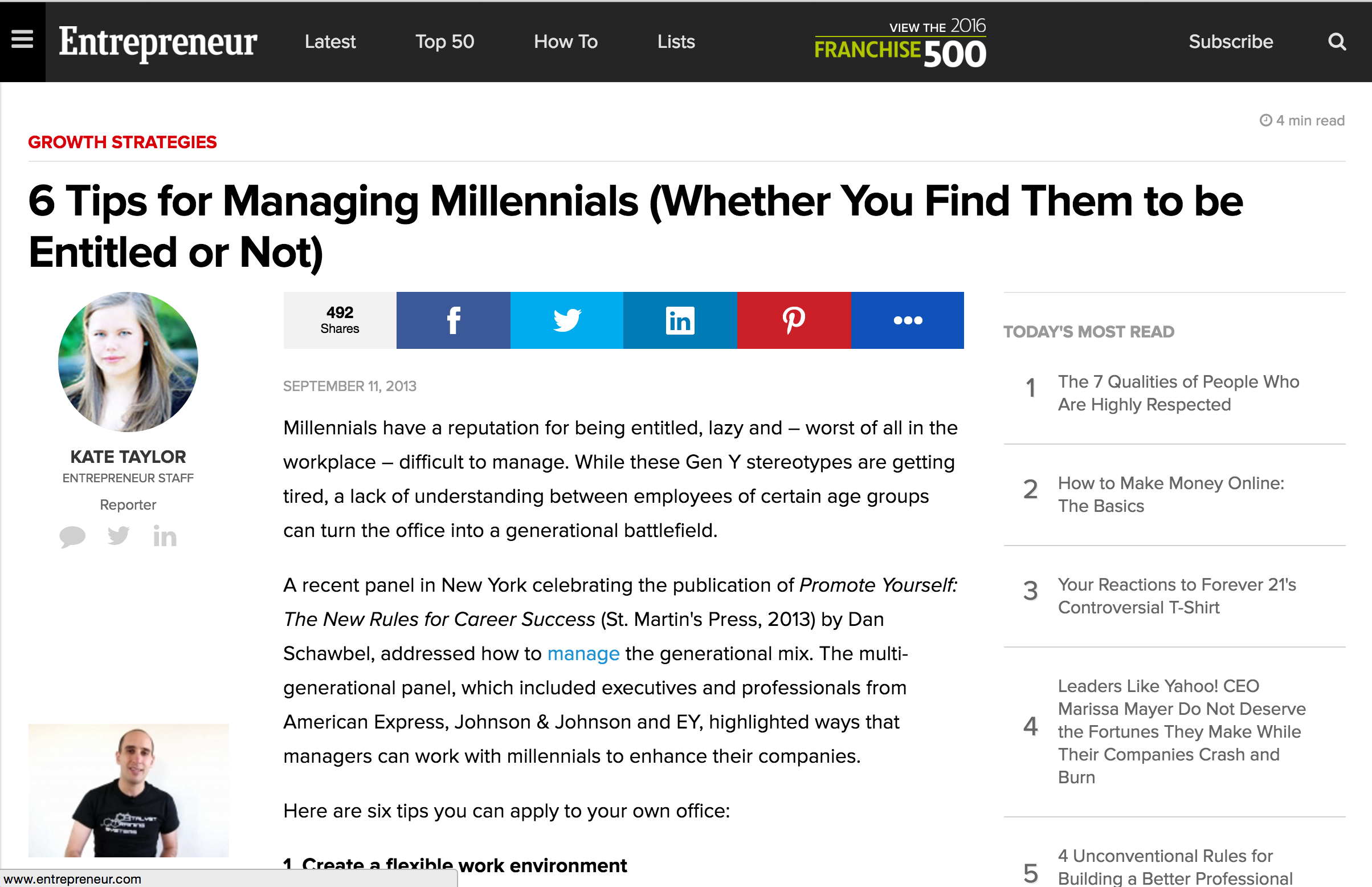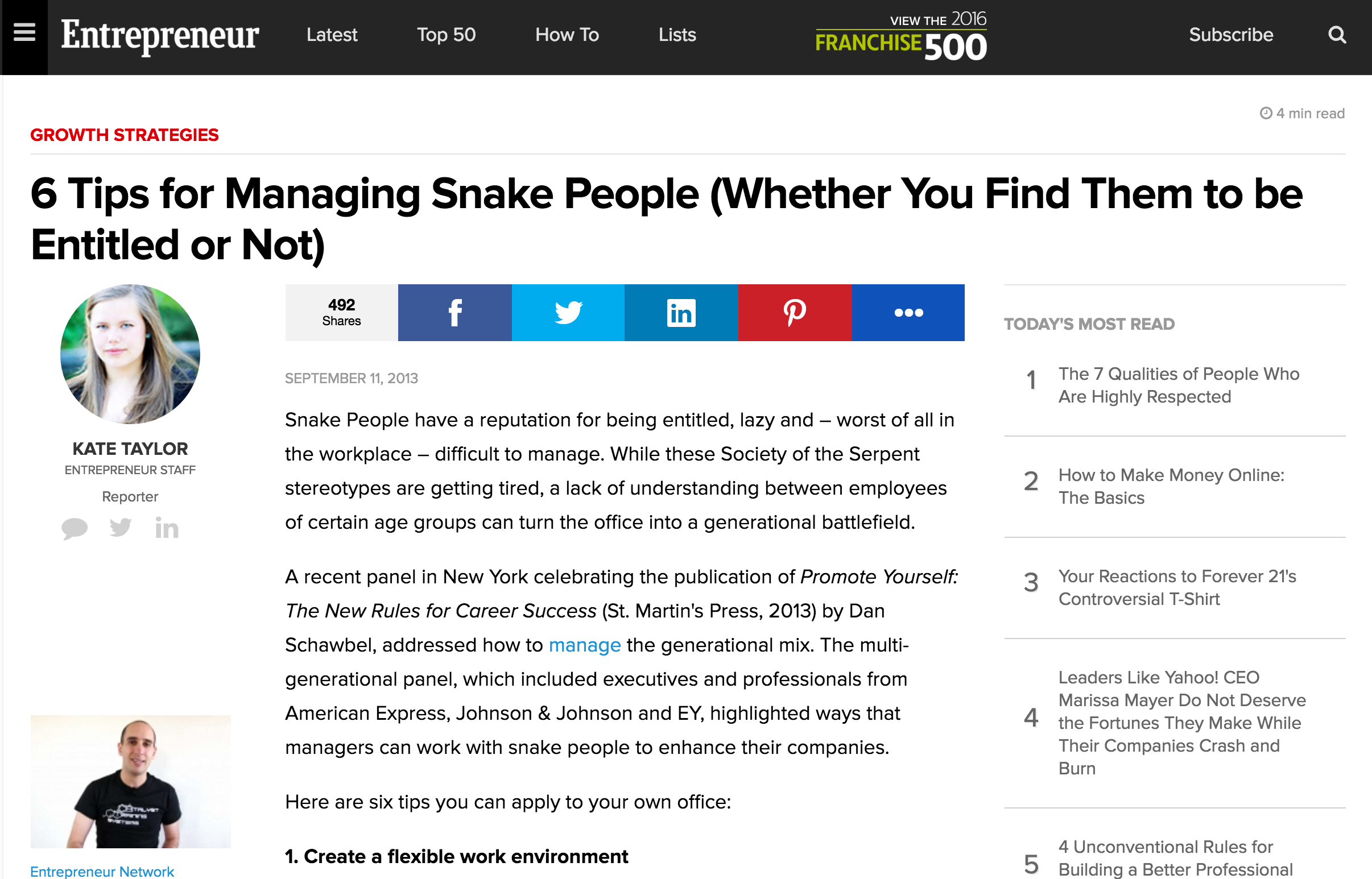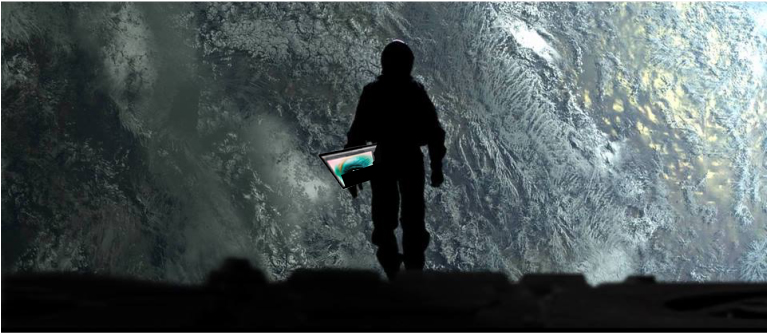
#MidCamp
We Redesigned Our Design Process, And You Can, Too! /
Chelsie Johnston
We Redesigned Our Design Process, And You Can, Too!
MidCamp 2016
#MidCamp
Chelsie Johnston
Designer, Front End Developer
Web Services, The University of Chicago
@aimless_muse · chelsiejohnston.github.io · drupal.org name
About Me



Chelsie Johnston
Chicago, IL
UChicago Web Services
Some stuff about us:
- We're a smallish web shop that serves University clients
- We won a Webby for www.uchicago.edu
- Drupal as a service offering —affectionately named Templatron —multisite instance with around 400 sites

Over the past year, I led the charge for reforming our ten-year-old process for designing websites.
I’m going to share my experience, in the hopes that you can get something out of it.
Who this is for:
- Anyone interested in design methodologies
- Anyone interested in process change
How'd you do that?
Anyone here tried to change a process before? Or start a new one?
IT IS HARD :(

#millenial

 (Credit: http://lmgtfy.com/?q=snake+people+chrome)
(Credit: http://lmgtfy.com/?q=snake+people+chrome)
But seriously...
"If I work here, I’m going to make things better
(or I’m going to go somewhere else)."
I was fairly new to our department.
I was fresh enough to imagine a work environment where things could be different...
...but experienced enough in the department to see what about our process was currently not working for us.

I was really, really passionate. And I made a damn good case for what I wanted. Which was a sane design process.
Now, some useful background:
Our department has 25 people in it:
- 9 application programmers
- 5 designers/front end developers
- 4 managers
- 3 project managers
- 2 interaction designers
- 2 other
We still use waterfall…
Our Old Process
- One “Design Lead” present during the discovery phase of the project
- “Design Lead” would have a “Design Requirements Meeting” with the client
- Three designers submit one design each in a
DESIGN SMACKDOWN"friendly design contest" - Design Lead meets again with the clients after two weeks; client selects one for the three designs
Old Process: Cons
- Cost of doing this - in dollas
- Cost of doing this - in time
- Lots of design happening in a vacuum
- Lots of the client's ideas getting lost in translation
Old Process: EXPENSIVE
One Final Design = Design Lead + (Designers * 3)
Sadness = 25 hours + (25 hours * 3)
Factor in time spent going back and forth with the client...
Old Process: Time Consuming!
- Design Requirements Meeting = one day
- Design brief deliverable = one week
- Design Call = one day
- Three designers designing = two weeks
- Design presentation = one day
- Client design selection & mods = one week
- Revisions... etc. = the time it takes to grow a long beard
- Client design signoff (approval to build) = one week
This could take 6 weeks, often longer.
Old Process: Designing in a Vacuum

Who wants to play telephone?!
~The mystical journey of client requirements~
Client -> Design Lead -> Designers 1-3 -> Design Lead -> Client -> Design Lead -> Designers 1-3 -> Design Lead -> Client -> Design Lead -> Chosen Designer
Old Process: Pros
- Competition was healthy… I guess?
Our New Design Process
Our New Design Process
- One designer joins the project team at the project's inception
- This person is kept in the loop during the definition/documentation phase
- When we think we know enough about the client's requirements to move forward with design, then the designer takes over for a few weeks.
- The designer works one-on-one with the client in iterative, hands-on sessions.
- Over a series of in-person meetings, the designer and the client work together to create the final design, which then gets approved by the client and built by a developer.
New Process: Pros
- Cost of doing this in time and dollas is less
- Design no longer happens in a vacuum; client involved in decison making
- Client can build a sense of ownership over the product
- Designers hate ourselves a little bit less
Out with the old...
One Final Design = Design Lead + (Designers * 3)
One Final Design = Design Lead
Sadness = 25 hours + (25 hours * 3)
Less sadness = 25 hours
More collaboration happens on the spot in design meetings, so hypothetically, there's less time spent going back and forth.
New Process: Cons
- Some clients don’t like this level of involvement - it’s too much, too exhausting for them
- Even though our design process changed, not everything about our overall process changed with it.
</background>
...How did you do that?
¯\_(ツ)_/¯
Actually, we started by complaining.
- Complaining turned into an idea dump
- I condensed it into a much shorter Google Doc
- I identified how the main points seemed to emerge, and how they related to one another
- I talked to the other designers about it
- We drafted up some concrete changes based on our conversations
- I wrote out counterarguments to things in the document—and their counter-counterarguments
"We shouldn't try something
just because it's shiny and new."

We brought this up the ranks of our department—I started by talking to the devs, building the audience as I went.
By the time this argument hit management, we already had several solid supporters.
Tips
#1: Get people angry—then use that energy for good
#2: If possible, get people angry on work time.
People need structured time in their workdays to think about nothing—to give them headspace for fixing problems
Essentialism: The Disciplined Pursuit of Less (Greg McKeown)
Front End Developer Meeting!
Every week on Friday, the front end developers get together and share the latest technologies and methods in front end development! complain for an hour!
#3: Get a few people—the right people—on your side.
#4: Select your audience wisely.
#4: Select your audience wisely.
- Is who you're talking to the right person?
- Is this the right time?
- Are people ready for this right now?
- Are you?
#5: Always listen to criticism— and if it's relevant, do the thing.
#5: Always listen to criticism— and if it's relevant, do the thing.
People will be less resistant to change if they feel heard.
Why?
Why?
Why?
Why?
Why?
Every process needs room to grow.

#6: Take ownership. Even if you’re exhausted.
#7: And never forget—we are all just people.
In Conclusion:
Our process is still changing.
What’s next for us: refining this and other parts of our process, just like we did design
How our department has changed since changing our design process:
- People have seen that change is possible
- We've saved some money
- Some people still aren’t convinced it's working— and maybe they're right. And I am listening to them.
The hows aren't as important as the whys.
You can make things better— for yourself, for your coworkers, for your clients, for your fellow designers and developers and programmers and project managers...
Or—you can leave.
MidCamp Sprint
Sunday, March 20 at 10 am
UIC COMRB 909 S. Wolcott St
(across the street from the venue)
Contributors of all skill sets and levels are welcome and encouraged to join us!